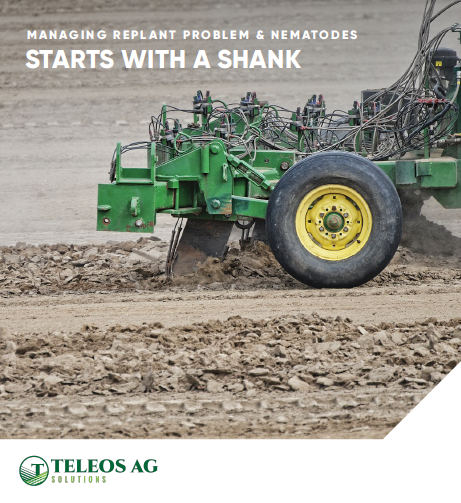Answering Food Safety Questions

Now we have new food safety legislation, the Food Safety Modernization Act, which is inspiring all sorts of comment from politicians (liberal and conservative), regulators, entrenched interests, pundits who write about food, and many others with an axe to grind. They miss the fact that the grower, the person on the firing line, is 100% devoted to safety.
So what do the growers think? In a recent poll, 77% could not see any benefit in the passage of the Food Safety Modernization Act. But the senators who passed the Act did so unanimously by voice vote. This is serious disconnect. In their vote, the senators ignored the fact that we have the safest, most nutritious, most low-cost supply of food in the world. No question, there is a fine line between food safety and freshness, safety and availability, and safety and over-regulation. Growers understand that, but they are firm in their belief that the best way to food safety is through education and self regulation with assistance from governmental agencies.
No one in the produce industry is minimizing the threat from evolving strains of harmful organisms and evolving paths of infection that have resulted in outbreaks doing serious harm.
Proactive Approach
With the leadership of FDA and USDA-Agricultural Marketing Service, a Produce Safety Alliance has been formed, which will be stationed at Cornell University. This Alliance will provide training and educational materials for growers and packers and will develop an information bank of scientific and technical information for on-farm and packinghouse produce safety.
Proper Adjustments
As described in a recent issue of American Vegetable Grower, government regulations can be so one sided that they stifle productivity with provisions that just don’t make sense. Fortunately, the produce industry already has many creative and innovative programs already in place. It is important now to proactively engage in discussions with FDA to move forward in cooperation as the new regulations are written.








